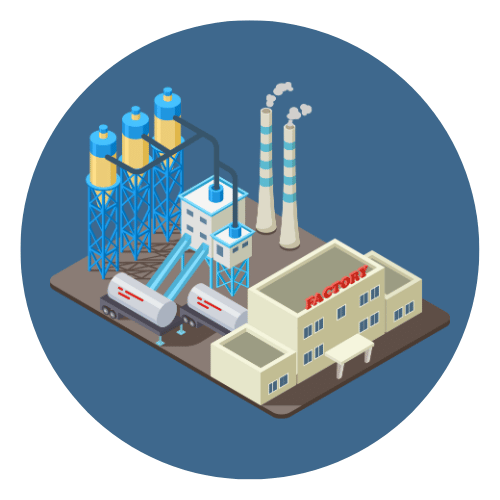Cylinder Area Calculator
Enter the radius and height to calculate the lateral surface area and total surface area of a cylinder.
Lateral Surface Area: — cm²
Total Surface Area: — cm²
Geometry plays a vital role in our daily lives, often in ways we don’t even realize. From packaging design to plumbing systems, and from manufacturing industrial tanks to calculating paint required for a round container, the shapes and measurements we use matter significantly. Among the most commonly encountered three-dimensional shapes is the cylinder—a solid object with two parallel circular bases connected by a curved surface. Understanding the geometry of a cylinder is essential not just for academic purposes, but also for solving real-world engineering, architectural, and design problems.
One key aspect of working with cylinders is the ability to calculate their surface area, which tells us how much space the outer part of the object covers. Whether you're wrapping a label around a can, coating a pipe with insulation, or designing a water tank, knowing how to determine the area of a cylinder accurately is crucial. This is where the area of cylinder formula becomes indispensable.
The area of cylinder formula is a mathematical equation that helps you determine the total surface area of a cylinder using just two measurements: the radius of its base and its height. The formula incorporates both the curved surface (also called the lateral surface) and the two flat circular ends (bases) of the cylinder. By mastering this formula, students, professionals, and enthusiasts alike can efficiently solve problems involving cylindrical shapes in both academic and practical scenarios.
In this article, we will explore the area of cylinder formula in depth. We’ll begin by understanding what a cylinder is, break down the components of the formula, derive it from basic geometric principles, and then apply it to real-life examples. By the end, you’ll have a complete understanding of how and why the formula works—and how to use it effectively in your calculations.
Whether you're a student preparing for an exam, an engineer handling design specs, or just someone curious about geometry, this guide will provide a clear, comprehensive look at the area of cylinder formula and its practical significance.


 Automation System
Automation System  Energy Engineeing
Energy Engineeing  Instrumentation System
Instrumentation System  Mechanical Engineeing
Mechanical Engineeing  Piping Technologies
Piping Technologies  Transportations
Transportations  Manufacturing
Manufacturing  Training Material
Training Material 













